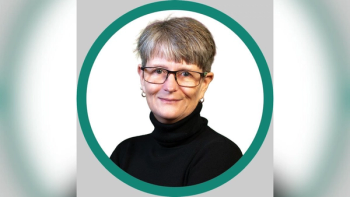
One Step Closer to Paperless
Last month, Veeva Systems unveiled the results of its 2015 Paperless TMF Survey: Annual Report. The survey is in its second year, and as Jennifer Goldsmith, vice president of Veeva Vault, told Applied Clinical Trials, it was interesting and significant to report on the year-over-year results.
Last month, Veeva Systems unveiled the results of its 2015 Paperless TMF Survey: Annual Report. The survey is in its second year, and as Jennifer Goldsmith, vice president of Veeva Vault, told Applied Clinical Trials, it was interesting and significant to report on the year-over-year results.
Of particular significance, Goldsmith noted that there is a reduction in the use of TMF documents managed on paper, down to 31% from 43% last year. “This is significant progress that content and data are being captured at the end in an electronic electronic format.” In addition, the sending of paper and faxes between CROs and sponsors is down 10 points in one year, and the use of purpose-built eTMF applications to exchange TMF documents went up nine points.
In what can be best described as a view into adoption of all things electronic, 59% of the eTMF process owners, who were the respondents to the survey, use electronic document archival. Then down the chain to electronic document review with a 40% adoption; to electronic external collaboration at 30%. Goldsmith explained, “These activities could be best described as ‘how can I adopt electronic or paperless systems quickly.” So archiving in electronic, to having documents readily and easily viewable, along with collaborating on those documents. However the next step, using electronic source document creation is at a 25% adoption rate. Says Goldsmith, “That’s where process comes in. In the other examples, the documents could be coming in on paper and then archived or made viewable. It is easy to make paper to electronic. But the electronic source, not actually having a paper document, that gets to process, and changing the way the organization works. That is more difficult.”
But as eSource adoption increases--which Goldsmith anticipates will happen within the next two years--metrics can be applied to help improve clinical trials decision-making. “Once the process is in electronic form, then you can collect data in real-time and use metrics to make decisions and improve performance.”
Goldsmith concluded, “I’m really looking forward to next year’s survey.”
Newsletter
Stay current in clinical research with Applied Clinical Trials, providing expert insights, regulatory updates, and practical strategies for successful clinical trial design and execution.






.png)



.png)



.png)
.png)
